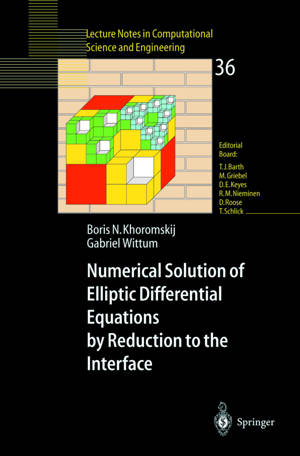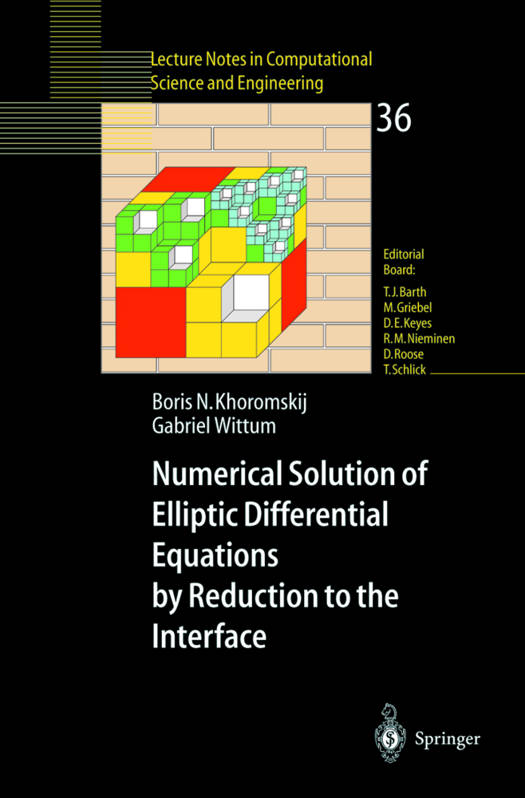
- Afhalen na 1 uur in een winkel met voorraad
- Gratis thuislevering in België vanaf € 30
- Ruim aanbod met 7 miljoen producten
- Afhalen na 1 uur in een winkel met voorraad
- Gratis thuislevering in België vanaf € 30
- Ruim aanbod met 7 miljoen producten
Zoeken
Numerical Solution of Elliptic Differential Equations by Reduction to the Interface
Boris N Khoromskij, Gabriel Wittum
€ 105,45
+ 210 punten
Omschrijving
During the last decade essential progress has been achieved in the analysis and implementation of multilevel/rnultigrid and domain decomposition methods to explore a variety of real world applications. An important trend in mod- ern numerical simulations is the quick improvement of computer technology that leads to the well known paradigm (see, e. g., [78,179]): high-performance computers make it indispensable to use numerical methods of almost linear complexity in the problem size N, to maintain an adequate scaling between the computing time and improved computer facilities as N increases. In the h-version of the finite element method (FEM), the multigrid iteration real- izes an O(N) solver for elliptic differential equations in a domain n c IRd d with N = O(h- ), where h is the mesh parameter. In the boundary ele- ment method (BEM), the traditional panel clustering, fast multi-pole and wavelet based methods as well as the modern hierarchical matrix techniques are known to provide the data-sparse approximations to the arising fully populated stiffness matrices with almost linear cost O(Nr log?Nr), where 1 d Nr = O(h - ) is the number of degrees of freedom associated with the boundary. The aim of this book is to introduce a wider audience to the use of a new class of efficient numerical methods of almost linear complexity for solving elliptic partial differential equations (PDEs) based on their reduction to the interface.
Specificaties
Betrokkenen
- Auteur(s):
- Uitgeverij:
Inhoud
- Aantal bladzijden:
- 293
- Taal:
- Engels
- Reeks:
- Reeksnummer:
- nr. 36
Eigenschappen
- Productcode (EAN):
- 9783540204060
- Verschijningsdatum:
- 9/02/2004
- Uitvoering:
- Paperback
- Formaat:
- Trade paperback (VS)
- Afmetingen:
- 156 mm x 234 mm
- Gewicht:
- 444 g

Alleen bij Standaard Boekhandel
+ 210 punten op je klantenkaart van Standaard Boekhandel
Beoordelingen
We publiceren alleen reviews die voldoen aan de voorwaarden voor reviews. Bekijk onze voorwaarden voor reviews.











